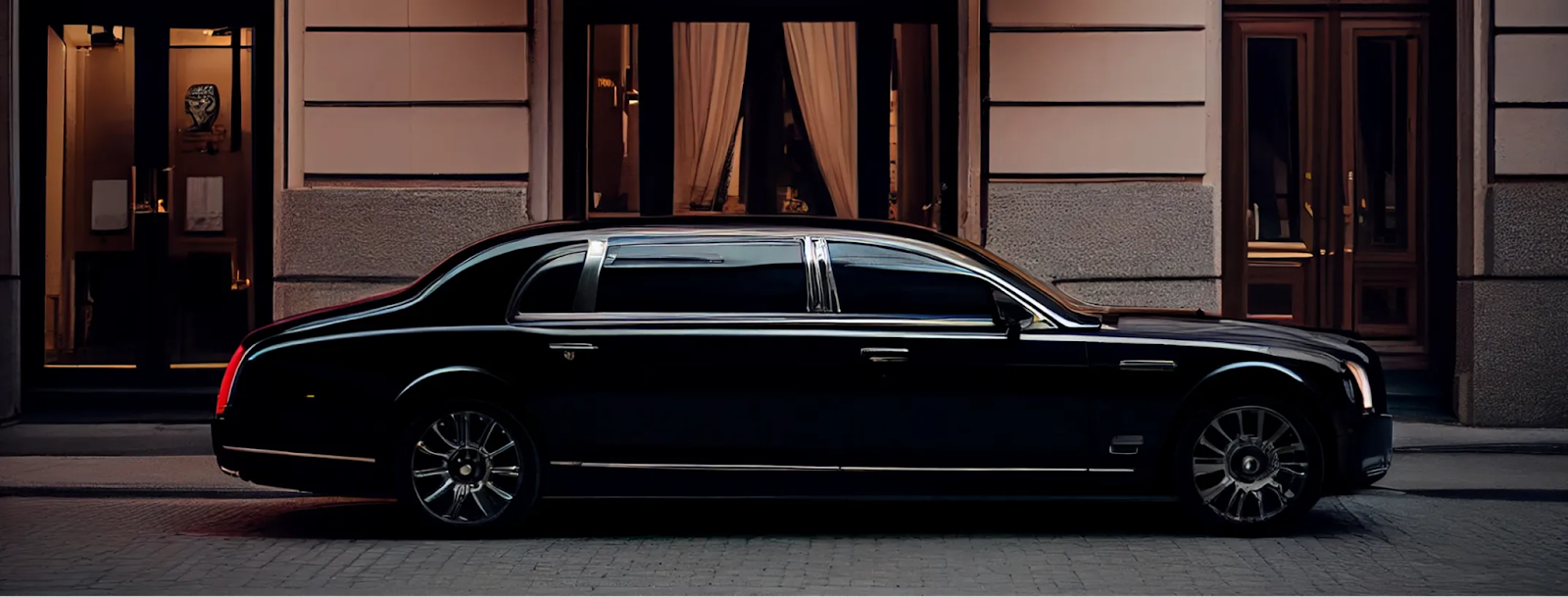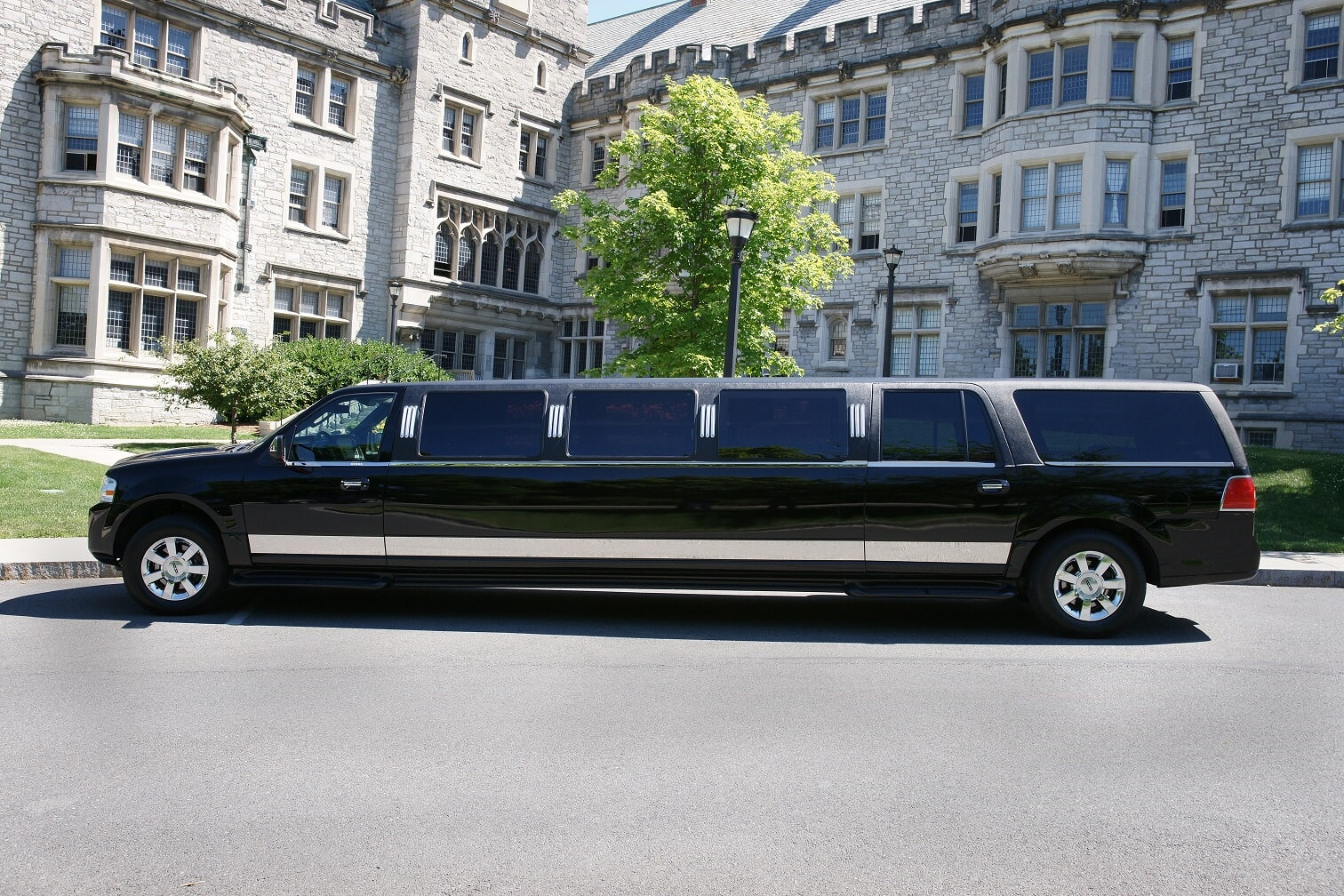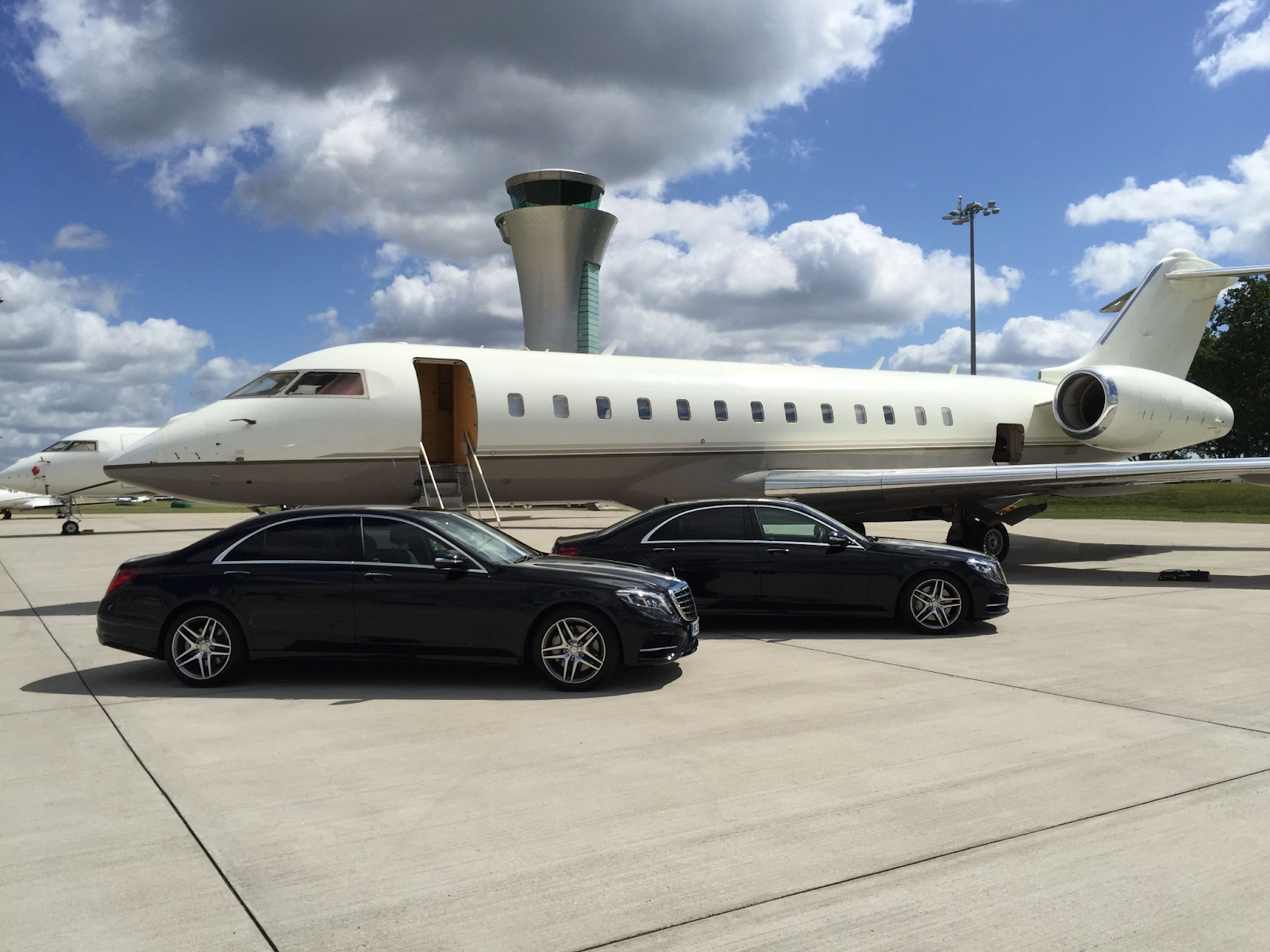
Big moments fall apart in the last 100 yards, curbside. Guests are close, timelines are tight, and one wrong turn can stall the whole run-of-show. In Seattle, you’re also navigating airport rules, venue-specific curb plans, special-event permitting, and accessibility expectations. The upside? With a little prework and the right private transport partner (think luxe limos, executive cars, and smooth airport meet-and-greets), your attendees travel and commute comfortably while your schedule stays intact. Use the four priorities below to lock down the details, protect your margins, and give your VIPs the seamless experience they expect.
Before you book a single shuttle or black car, confirm your vendors are properly licensed in Washington. Limousine carriers must show $1,050,000 minimum combined single-limit liability and complete inspections with Washington State Patrol or the City of Seattle. They also have required chauffeur records: 21+ age, valid WA license, random drug testing enrollment, National Safety Council defensive-driving course, WSP background check, and a medical certificate renewed every two years.
If your activation uses public right-of-way (streets, sidewalks, curbspace) or requires coordinated city services, work with the Seattle Special Events Office, many productions need a Special Event Permit when impacts or multi-agency coordination are involved. Not every gathering triggers it, but the City spells out when you must apply; confirm this early to avoid last-minute friction.
Two quick add-ons that often get overlooked: the City publishes ADA and non-discrimination guidance for events (fold it into your transportation plan), and Seattle asks planners of larger crowds to coordinate medical staffing, use 5,000+ attendees as your threshold to start that conversation.

Seattle’s top venues each have their own playbook. Build your load maps around their rules, not yours, and you’ll keep dwell times predictable.
Seattle Convention Center (Arch & Summit). SCC’s official toolkit lists the Arch drop-off points at 725 Pike (private/rideshare) and 800 Convention Place (bus), with Summit drop-off on 9th Ave between Pine St and Olive Way. For coaches and shuttles at Arch, it’s load/unload only, no parking, and advance reservations are required through Event Control (there’s a published coach routing map for this).
Lumen Field. Passenger and accessibility drop-off is just west of Occidental Ave S at S Charles St/Railroad Way S (by the Pro Shop) with access from 1st Ave S. Parking operations note no overnight or RV parking, and on event days, the garage and North Lot open at 6 a.m. and close about two hours post-event, useful when you’re timing load-ins and motorcoach staging.
Seattle Center / Climate Pledge Arena. For bus staging around the campus (including CPA), reference the Seattle Center Bus Zones map with clearly marked charter/school bus locations and time limits. And plan post-show rideshare flow: for 30 minutes after events, rideshare pickups aren’t allowed near the arena; guests are directed to walk east to Thomas St & Taylor Ave N. Build that short walk into your pickup comms. Pro move: security policies change curb timing. At CPA, bags are limited to one up to 14″×14″×6″ or a small clutch up to 4″×6″×1.5″, with larger bags routed through x-ray screening. That can slow entries, pad your pre-show drop window accordingly.

SEA (Sea-Tac) sits roughly 15 miles from downtown with a typical 30–45 minute drive depending on traffic, your baseline for guest itineraries.
For pre-arranged limousine service in seattle the Port of Seattle is very specific: pickups occur on the Arrival (lower) drive; drop-offs on the Departure (upper) drive, and you must use the signed Load/Unload lanes only. If your chauffeur is doing a formal meet-and-greet, they’ll park on the 3rd-floor Ground Transportation Plaza in the designated limo stalls (with a printed pass) and follow booth guidance on time limits. Many operators also check in with the Ground Transportation Booth when working out of the garage. These rules keep the curb moving, ignore them and you risk citations or delays that ripple into your schedule.
For VIPs, consider a luxury sedan or SUV with meet-and-greet baked in. Local specialists like Seattle Black Limo already know the SEA Ground Transportation Plaza procedures and make sure pickups feel polished and punctual.
Coach rotations aren’t just a cost question, they’re a safety requirement. Passenger-carrying drivers (think motorcoaches and larger shuttles) may drive up to 10 hours after 8 consecutive hours off, and they may not drive after being on duty for 15 hours following that off-duty period. Plan long show days and multi-venue loops with relief drivers or split shifts so your transportation doesn’t run afoul of federal hours-of-service rules.
On accessibility, Seattle publishes policy resources and ADA contacts; use them to make curb cuts, boarding points, and routes straightforward for guests with disabilities. If you need a deeper check, SDOT’s public materials and request processes can help you remove barriers (and document your diligence). In short: verify accessible curb access near your entrance, identify the best lift-equipped shuttle spot, and communicate those details in your pre-event brief.
Finally, tie in public safety/medical early. For large headcounts (again, 5,000+ is your planning trigger), loop in the City’s medical staffing guidance. That conversation informs your curb plan, particularly where EMS access routes and egress lanes intersect with bus or limo staging.
Put it all together: a quick, practical checklist
With these four priorities handled, and a luxury car partner who already knows the Seattle playbooks at SCC, Lumen Field, and the Seattle Center campus, you’ll keep guests moving, protect your timeline, and deliver a polished arrival-to-departure experience every time.